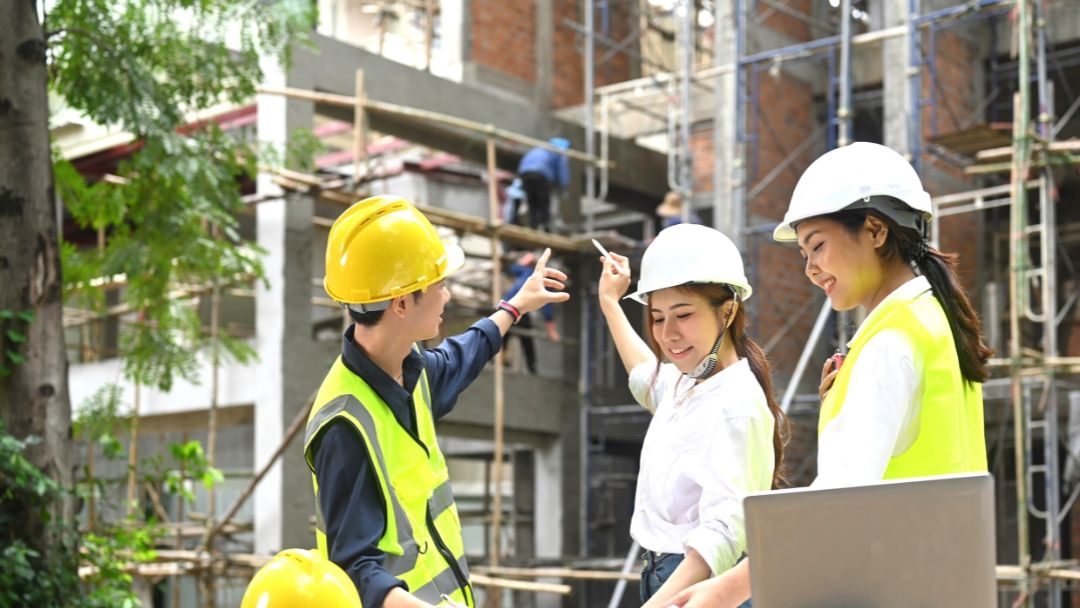Compliance with WHMIS (Workplace Hazardous Materials Information System) is vital for maintaining a safe work environment. But how is compliance monitored, and what responsibilities do employers hold?
Let's explore the mechanisms used to monitor WHMIS compliance as well as the key responsibilities of employers when it comes to workplace safety.

Regulatory Inspections
Government regulatory bodies responsible for occupational health and safety conduct inspections to monitor WHMIS compliance. These inspections may occur randomly or in response to specific incidents or complaints. Inspectors assess workplaces to ensure that hazardous materials are properly labeled, safety data sheets (SDS) are available, and employees have received adequate WHMIS training.
Employee Reporting
Employees play a crucial role in monitoring WHMIS compliance by reporting any safety concerns or violations they observe. Encouraging an open and supportive reporting culture empowers employees to raise potential issues, allowing employers to address them promptly and ensure compliance.

Key Employer Responsibilities
Compliance with WHMIS places significant responsibilities on employers.
Education and Training: Employers must provide comprehensive education and training to ensure employees understand hazardous materials' risks, labels, and proper handling. Equipped with this knowledge, employees can navigate potential hazards safely.
Access to Information: Ensuring access to up-to-date Safety Data Sheets (SDS) for all hazardous materials is vital. This empowers employees with essential information about potential hazards and safe handling practices.
Effective Communication: Proper labeling of hazardous material containers is crucial. Employers must ensure accurate labeling with appropriate pictograms and hazard information, facilitating effective communication of risks.
Emergency Preparedness: Employers should establish robust emergency response protocols. Employees need to be well-versed in procedures for exposure, spills, or other emergencies involving hazardous materials.

Compliance with WHMIS is a shared commitment between employers, employees, and regulatory bodies. By diligently monitoring compliance through inspections and employee reporting, and by fulfilling their key responsibilities, employers play a pivotal role in creating a safe work environment.
Remember, at JADEO, we're dedicated to empowering individuals with comprehensive workplace safety education, including WHMIS training, to ensure safer and healthier workplaces for all. Stay compliant, stay safe, and let's build a safer future together.
Level up your workplace safety!
